-
The Creepiest Body Parts
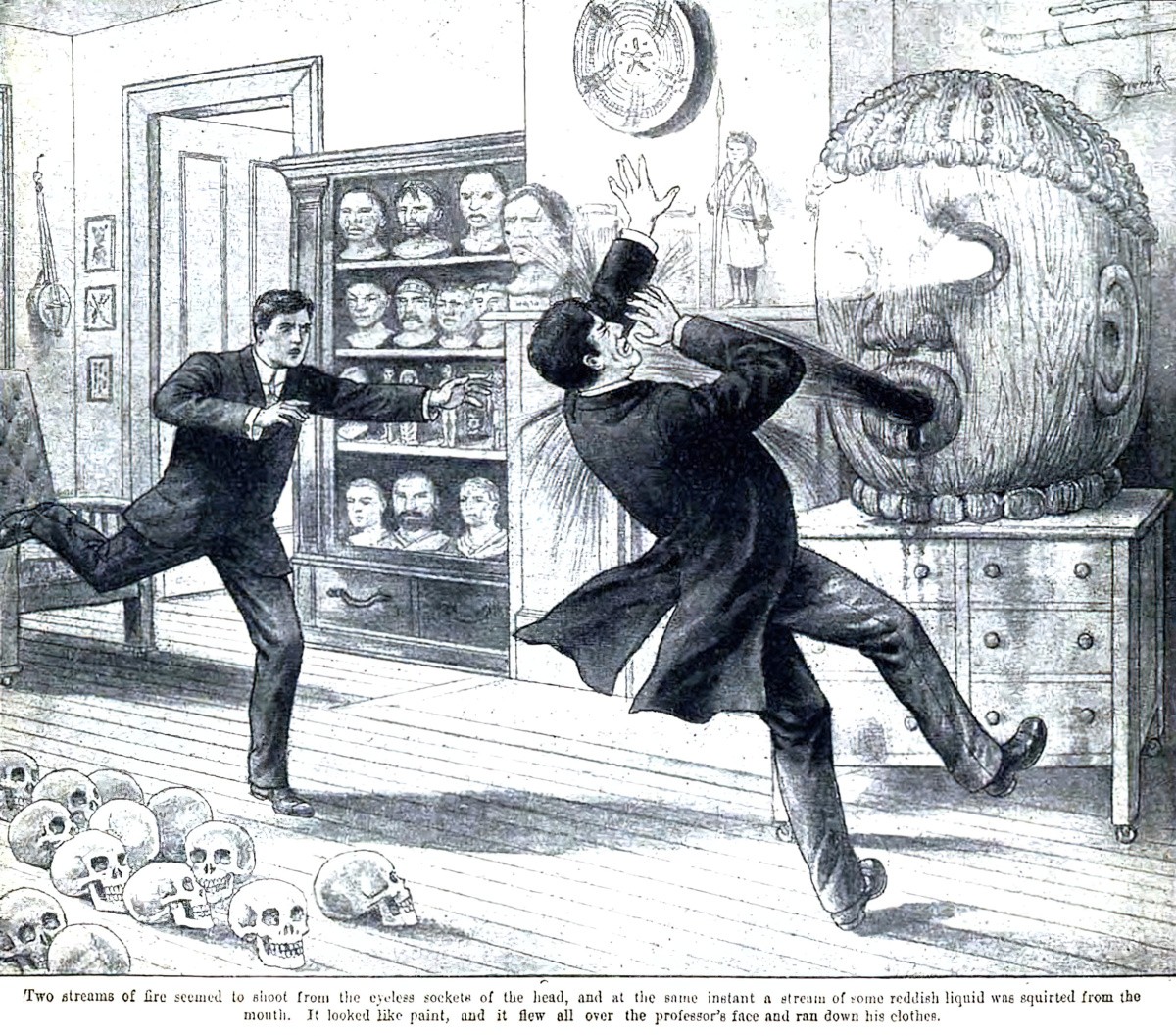
The human body is a grotesque, meaty thing. Storytellers can make use of our squeamishness by breaking the body into parts for horror or for comic effect. In his autobiography Going Solo, Roald Dahl takes a voyage to Africa. Onboard the ship he meets all sorts of weird and wonderful characters, as Dahl was inclined […]
-
The Symbolism of Broomsticks
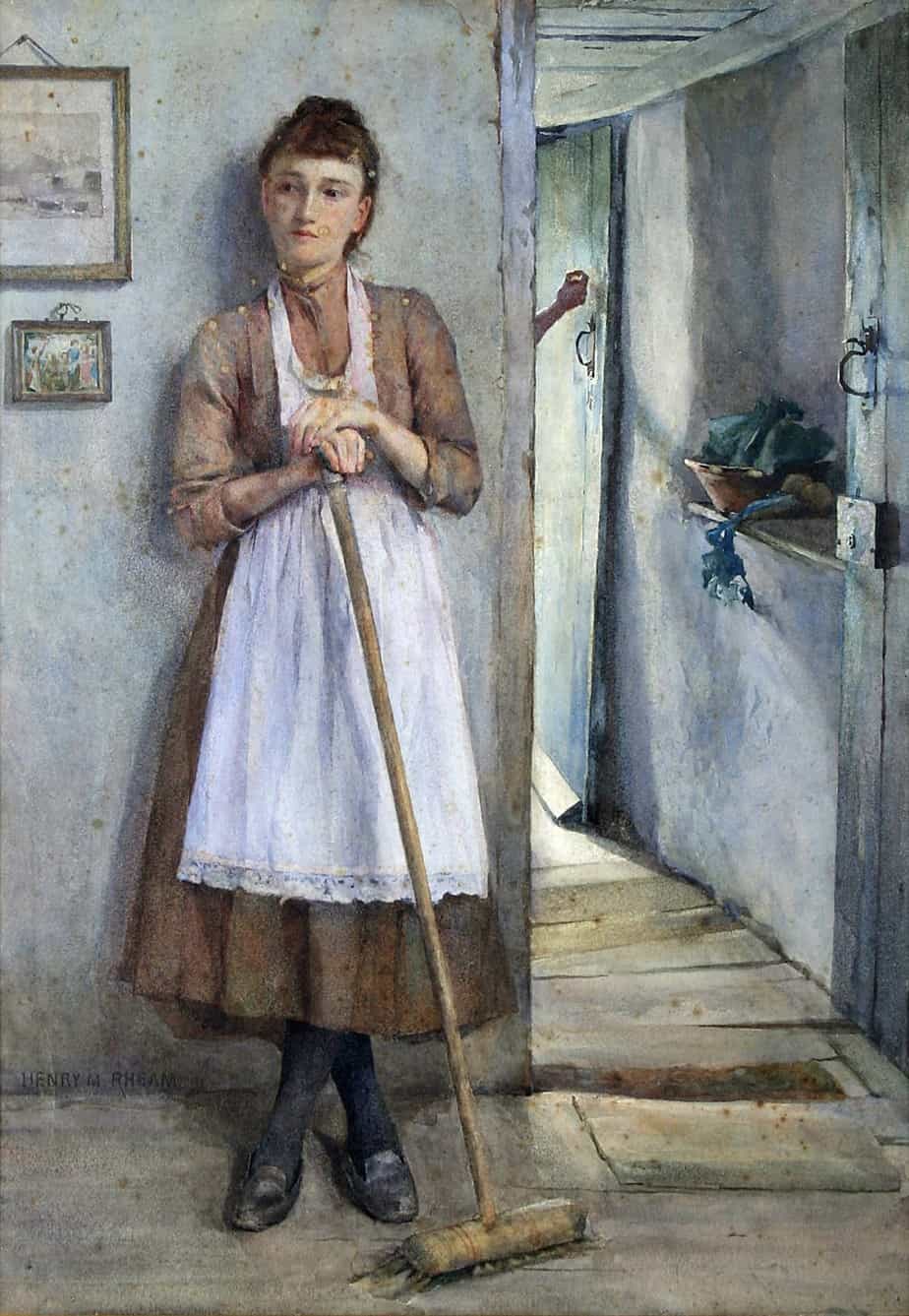
Broomsticks are useful storytelling symbols that serve double duty — they are a symbol of female oppression (tied to the house and the drudgery of housework) but also, by leap of imagination, turn into a vehicle by which to escape. Broomsticks may keep a woman housebound, but also afford the imaginative freedom to fly. Which […]
-
A Dictionary of Witch Words
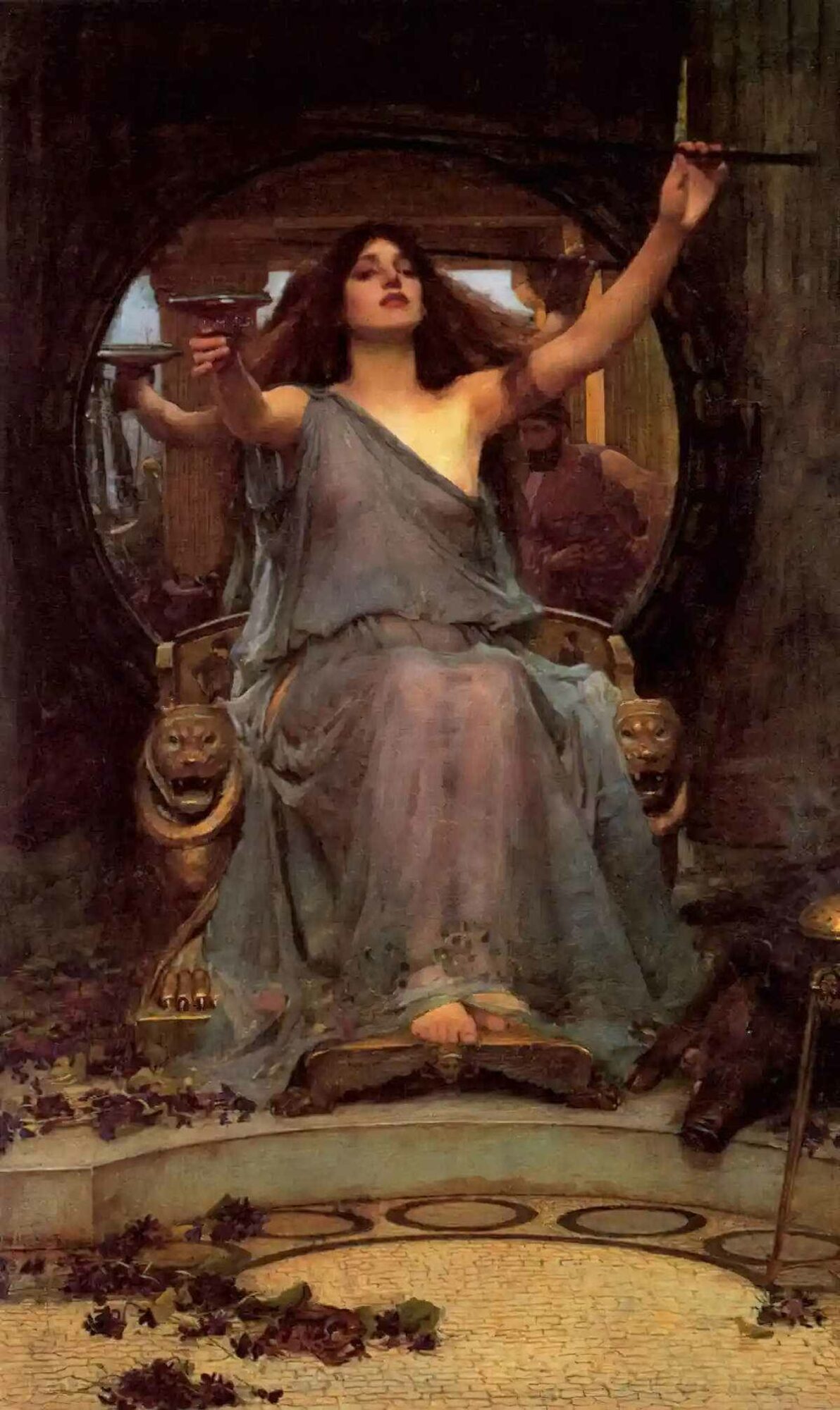
The definition of witch changes over time. The word witch dates from around 800 AD. It originally referred to men who practise witchcraft but 200 years later referred to female magicians and sorceresses. Later it meant women who were meant to cooperate with the devil or other evil spirits.
-
Halloweensie 2018: Delight Night
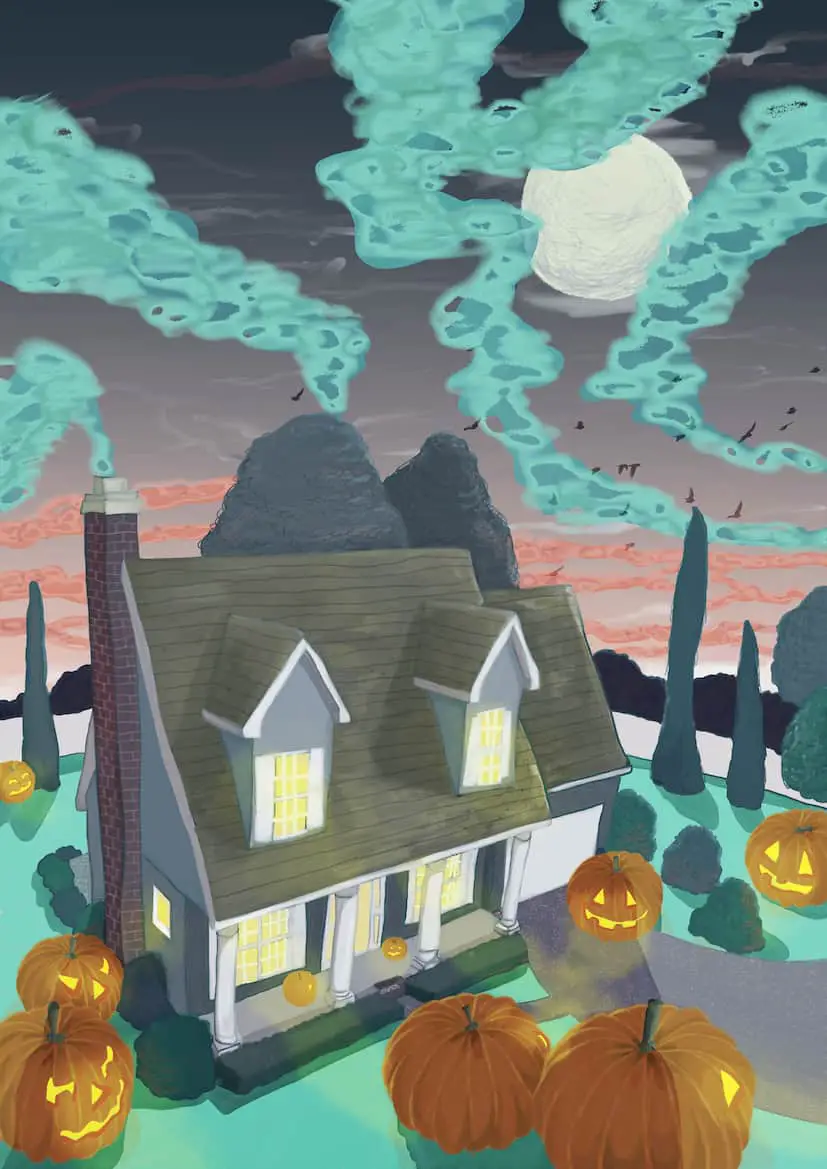
No Tricks, No Treats. Felina Nightbone used jagged teeth to rip sticky tape. She affixed the cardboard sign to her letterbox. “Right. I’m off to bed.” She shut the iron gate. Inside she snuffed candles. Still they came, giggling in ridiculous dress-up. They thought she’d carved the pumpkins for them. They thought this house had […]
-
Why Are Witches Green?
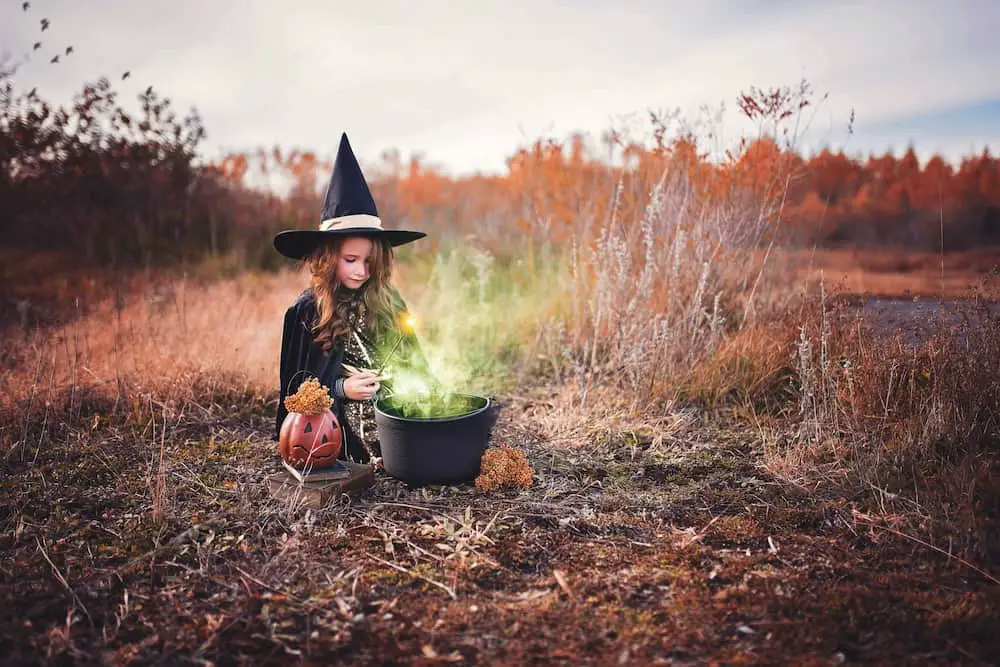
We all know witches ride brooms and keep black cats for sidekick pets, but why the green witch? That tradition started quite recently, but we can also find links that stretch back to antiquity. The history of witches is terrifying and sad and is basically the story of marginalised people. Worse, people around the contemporary […]
-
Monster House Film Study
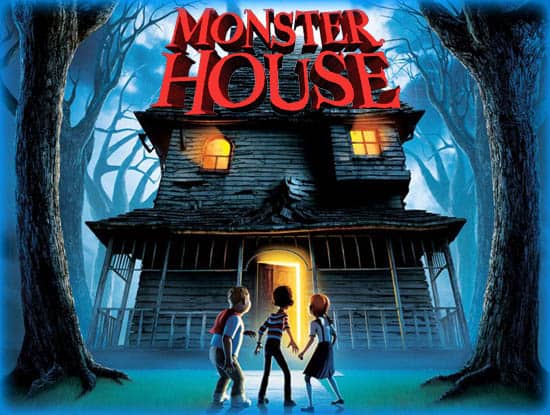
Monster House is a 2006 animated feature length film for a middle grade audience. The script was written by Dan Harmon and Rob Schrab. Harmon and Schrab had collaborated on Laser Fart previously, a film which I have not seen and will not be adding to my watch list. Monster House is already 12 years old, but the […]
-
What is ‘fuzz’ in writing?
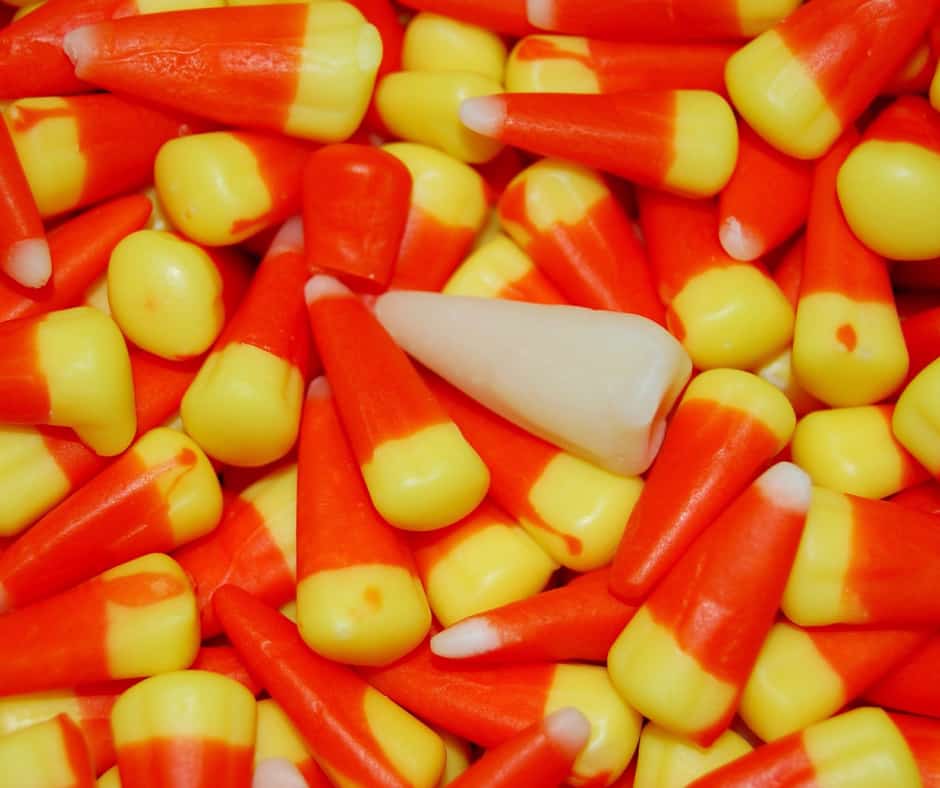
Fuzz refers to an element of motivation which the author forgot to supply. Perhaps they meant to come back later to add more detail, but didn’t.
-
Witches In Children’s Literature
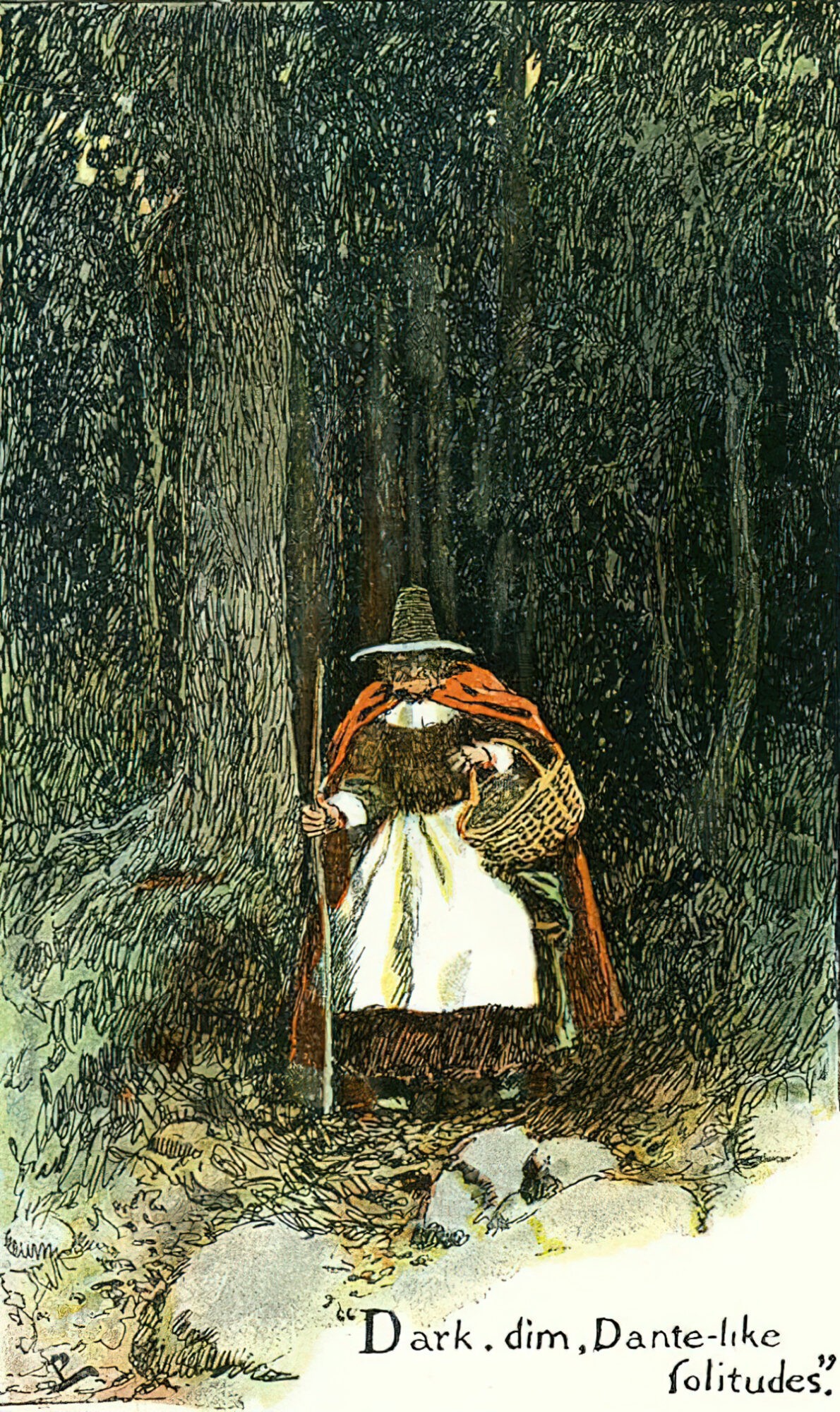
The Weirdness Of Using Witches In Modern Entertainment Witches are female equivalent of storybook pirates in that the character is based on something very real and disturbing. I’d like to append ‘in our past’ but very disturbingly, It’s 2013 And They’re Burning Witches. See also: Woman Brutally Murdered in Papua New Guinea After Being Accused of Sorcery, from […]
-
Gender Problems In ParaNorman (2012)
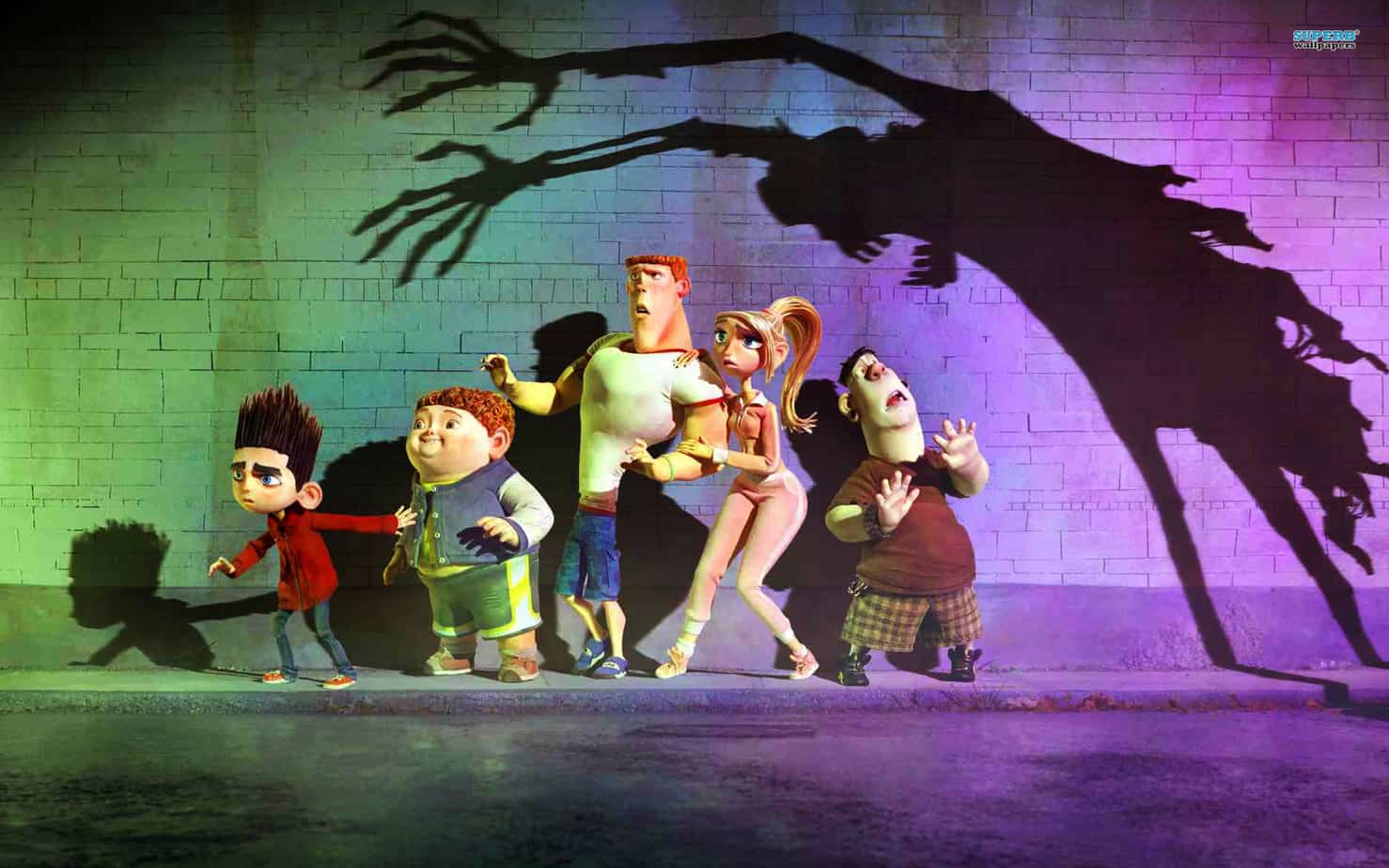
ParaNorman (2012) is an animated zombie flick, light-hearted in its intent, and follows the adventures of an outcast 11-year old called Norman, who sees dead people. They’re everywhere. I identify with Norman, I really do. These days, whenever I watch a kids’ film, all I see are anti-girl references and tropes. These tropes are like […]
-
The Carnivalesque in Children’s Literature
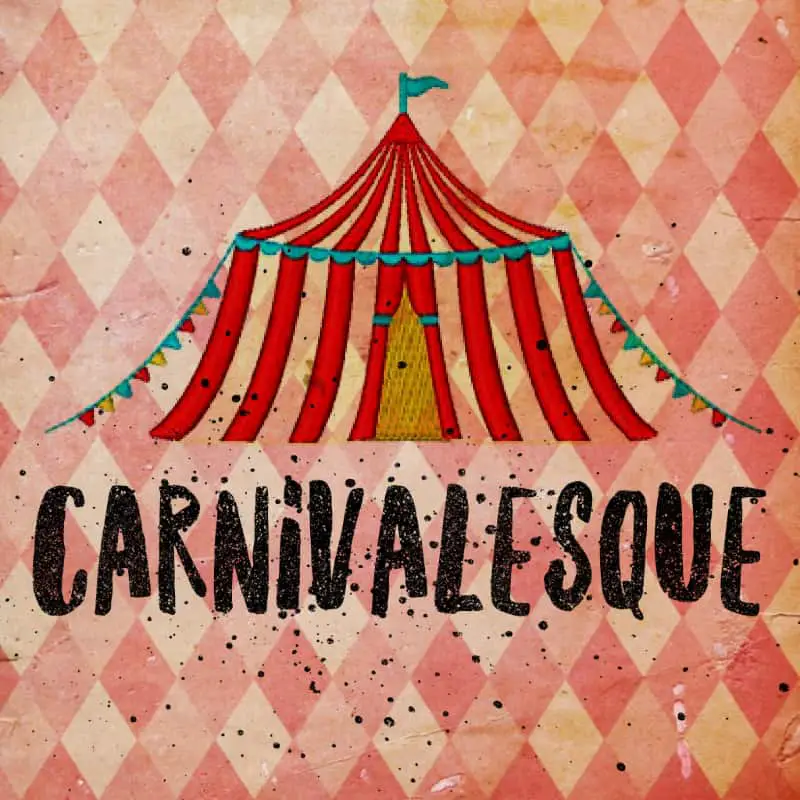
Carnival: In the Bakhtanian sense, “a place that is not a place and a time that is not a time”, in which one can “don the liberating masks of liminal masquerade”. Victor Turner, Dramas, Fields and Metaphors: Symbolic Action in Human Society, 1974 Children’s literature academic Maria Nikolajeva categorises children’s fiction into three general forms: […]
-
Fun With A Stranger by Richard Yates Analysis
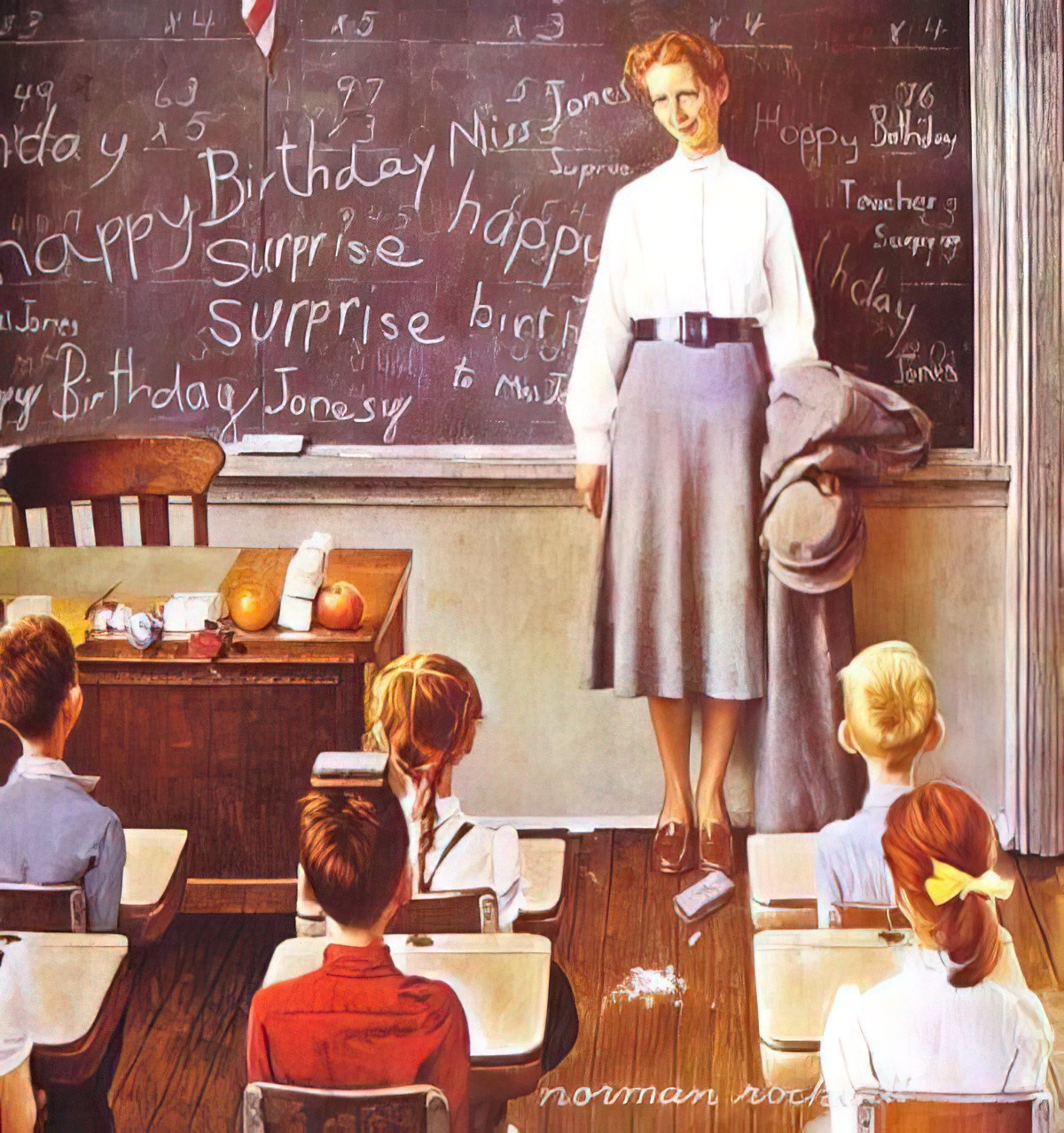
Some short stories exist mainly as character studies. Fun With A Stranger (1962) by American author Richard Yates is one example. The story paints a portrait of a particular kind of old-fashioned school teacher. The reader feels empathy for everyone involved, from the young pupils to the teacher herself.
-
The Symbolism of Seasons
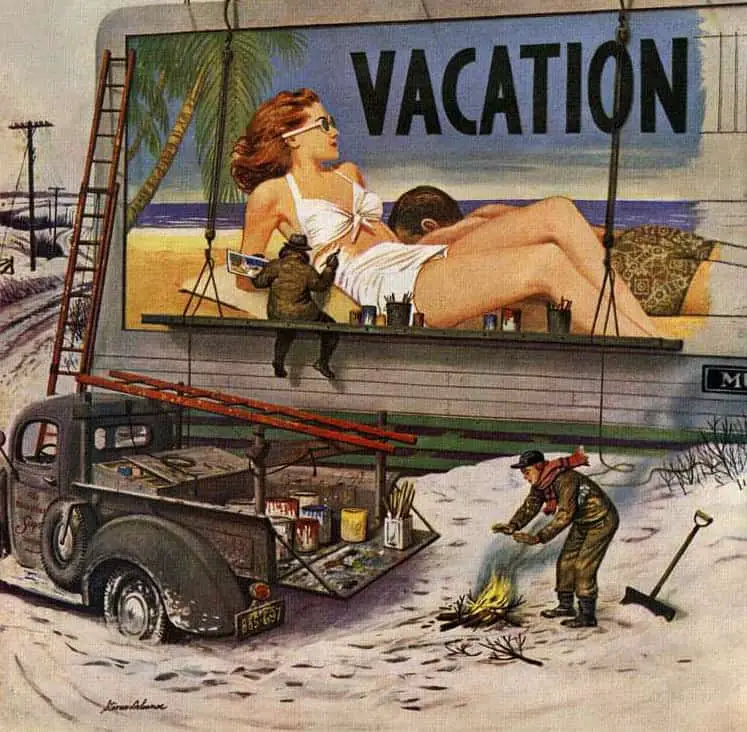
In stories for children, as in stories for adults, emphasis on the seasons and the circular nature of time gives a story a feminine feel. Each season carries its own symbolism, but it’s not a clear delineation. Why do we associate cycles and seasons with femininity? Who better to teach us something than Dwight Schrute? […]
-
Apples In Art And Storytelling
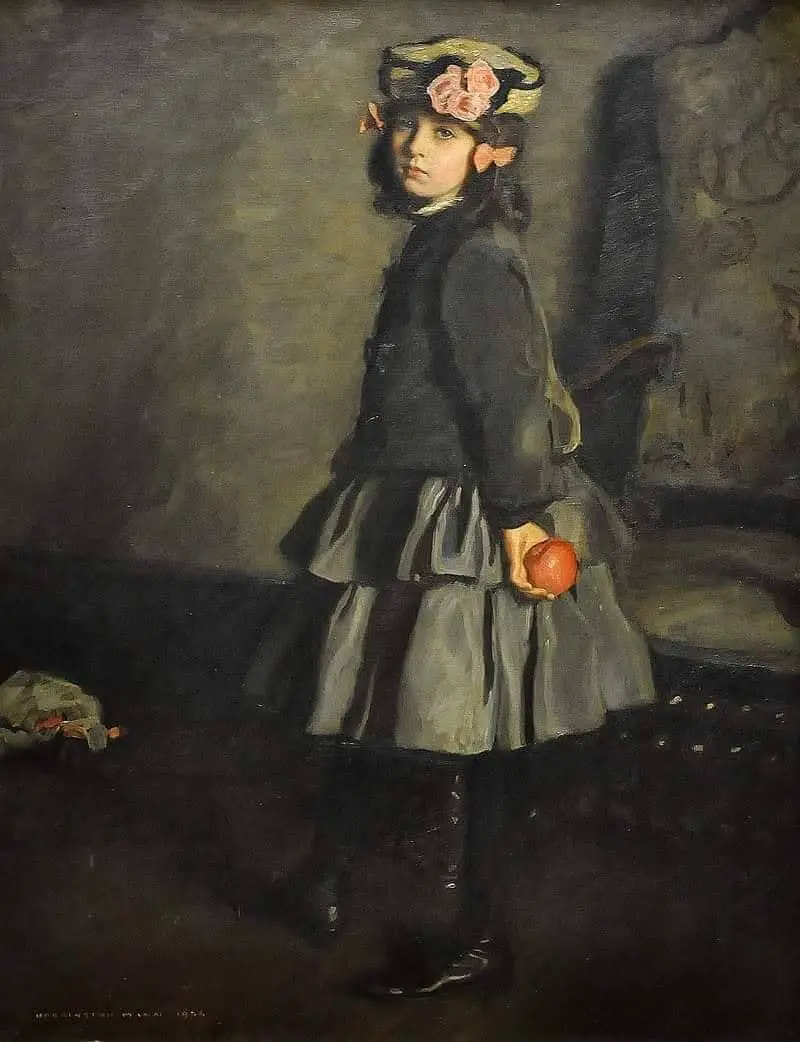
In Judeo-Christian tradition, we have the story of the Garden of Eden. Eve tempted Adam with it. Was it an actual apple, like you’d buy at the supermarket today? In this case, ‘apple’ probably stands in for fruit, which metaphorically stands for temptation of any kind.
-
Children’s Literature: How scary is TOO scary?
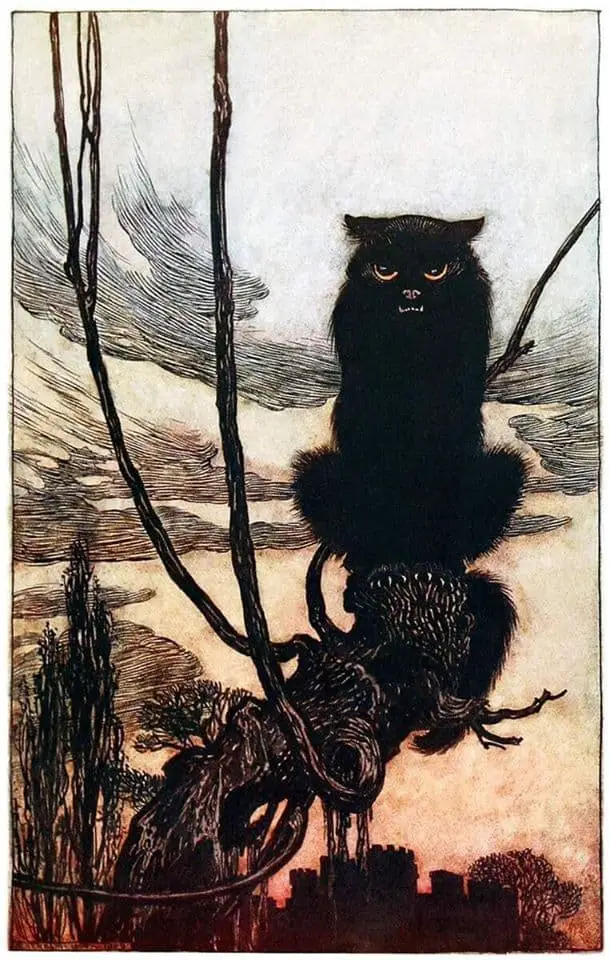
Writing scary tales for children is difficult, because it has to be interesting without being too scary. How is it done? Where’s the line?